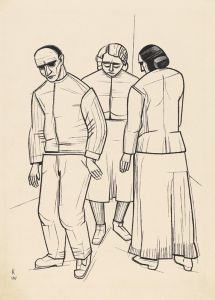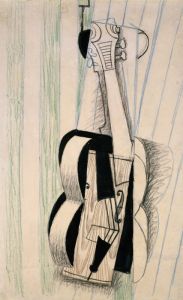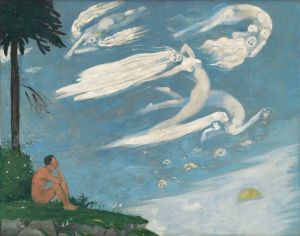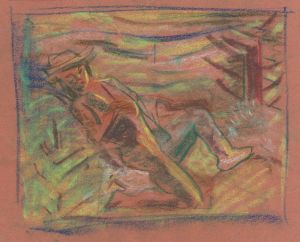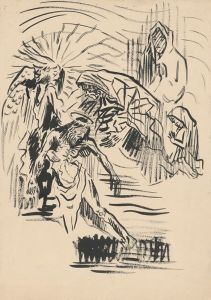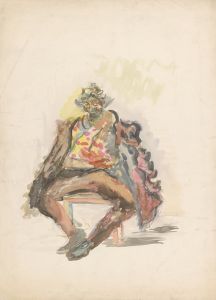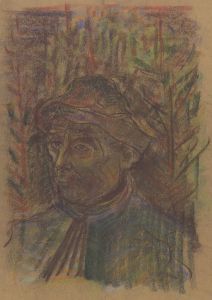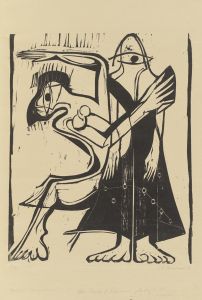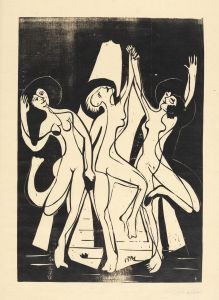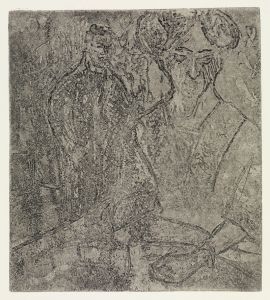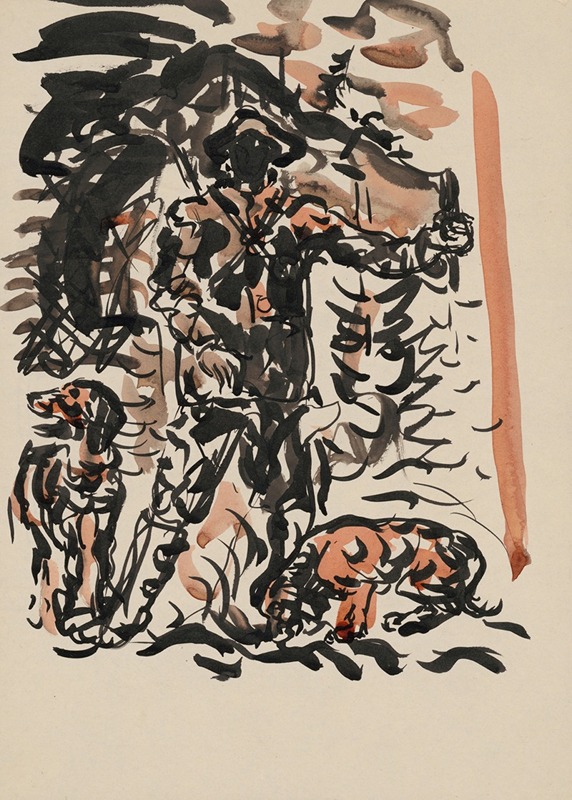
Lovec
A hand-painted replica of Arnold Peter Weisz-Kubínčan’s masterpiece Lovec, meticulously crafted by professional artists to capture the true essence of the original. Each piece is created with museum-quality canvas and rare mineral pigments, carefully painted by experienced artists with delicate brushstrokes and rich, layered colors to perfectly recreate the texture of the original artwork. Unlike machine-printed reproductions, this hand-painted version brings the painting to life, infused with the artist’s emotions and skill in every stroke. Whether for personal collection or home decoration, it instantly elevates the artistic atmosphere of any space.
Arnold Peter Weisz-Kubínčan was a Slovak painter known for his contributions to modern art in the early 20th century. However, specific information about a painting titled "Lovec" by Arnold Peter Weisz-Kubínčan is not readily available in historical records or widely recognized art databases. As such, it is difficult to provide a detailed description or analysis of this particular work without engaging in speculation or relying on unverified sources.
Arnold Peter Weisz-Kubínčan was born in 1898 in Dolný Kubín, a town in what is now Slovakia. He was part of the Jewish community and pursued his artistic education in Budapest and later in Vienna, where he was influenced by the prevailing art movements of the time, including Expressionism and Modernism. His work often reflected the socio-political changes and the cultural milieu of Central Europe during the interwar period.
Weisz-Kubínčan's oeuvre is characterized by a vibrant use of color and dynamic compositions, often exploring themes of identity, existentialism, and the human condition. His style evolved over time, incorporating elements of abstraction and symbolism, which were prevalent in the European avant-garde movements of the early 20th century.
Despite his promising career, Weisz-Kubínčan's life and work were tragically cut short by the events of World War II. As a Jewish artist in Slovakia during the rise of Nazism, he faced persecution and was ultimately deported to a concentration camp, where he perished in 1944. This loss not only deprived the art world of a significant talent but also left many of his works undocumented or lost.
Due to the scarcity of surviving works and records, much of Weisz-Kubínčan's artistic legacy remains fragmented. Art historians and researchers continue to piece together his contributions through the limited number of paintings and drawings that have been preserved. Exhibitions and retrospectives occasionally feature his work, offering glimpses into his artistic vision and the historical context in which he created.
In summary, while Arnold Peter Weisz-Kubínčan is recognized as an important figure in Slovak modern art, specific details about the painting "Lovec" are not available in existing literature or archives. The lack of information highlights the broader challenges faced by historians in reconstructing the careers of artists whose lives were disrupted by the tumultuous events of the 20th century.





